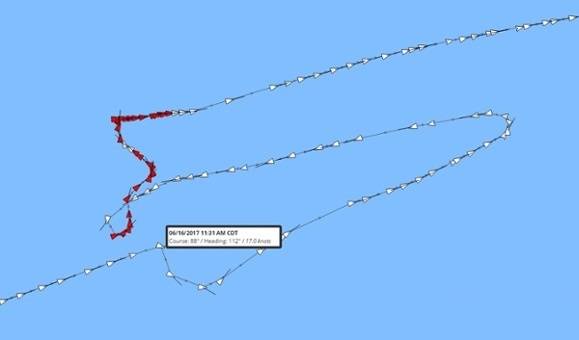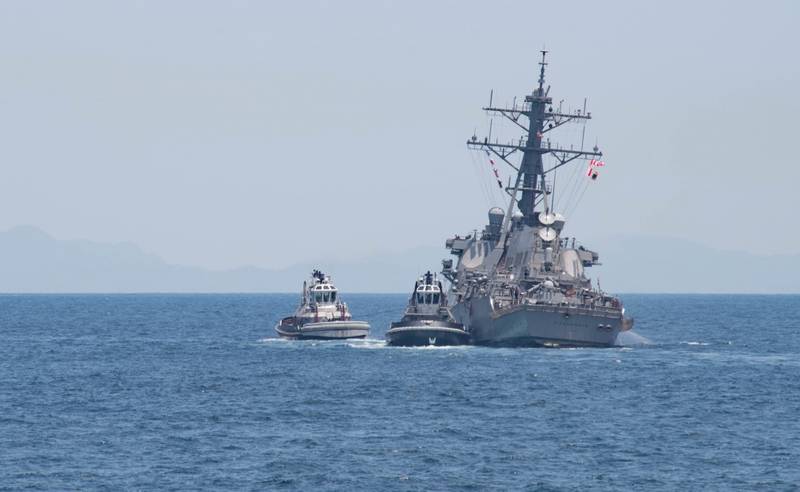USS Fitzgerald Collision Tracked with AIS Data
In the early hours of June 17, U.S. destroyer the USS Fitzgerald was hit by a containership just off the coast of Shimoda, Japan. The collision claimed the lives of seven U.S. Navy Sailors. In the aftermath, both sides are trying to figure out exactly what happened.
- Why did the ACX Crystal wait 55 minutes before reporting the collision?
- Maritime rules say that vessels are supposed to give way to ships on their starboard, which would indicate that the ACX Crystal had the right of way.
- Steffan Watkins, an IT security consultant and ship tracking analyst for Janes Intelligence Review told Dailymail.com, "I suspect, from the data, that the ACX Crystal was running on autopilot the whole time, and nobody was on the bridge. If anyone was on the bridge, they had no idea how to turn off the autopilot" and after analyzing the tracking data, "This is, to me, proof that a computer was driving. No captain shakes off a collision with a U.S. Navy Destroyer and resumes course so perfectly."
- How could such a technologically advanced warship, made to be able to maneuver quickly, not avoid the containership?
- The Navy captain was not on the bridge, he remained in his cabin where he was injured during the collision. Did the Officer on Duty fail to call him up to the bridge for help managing the situation? Did he ignore the OOD’s call for help? Or, did the bridge team not realize they were in trouble until it was too late?




















